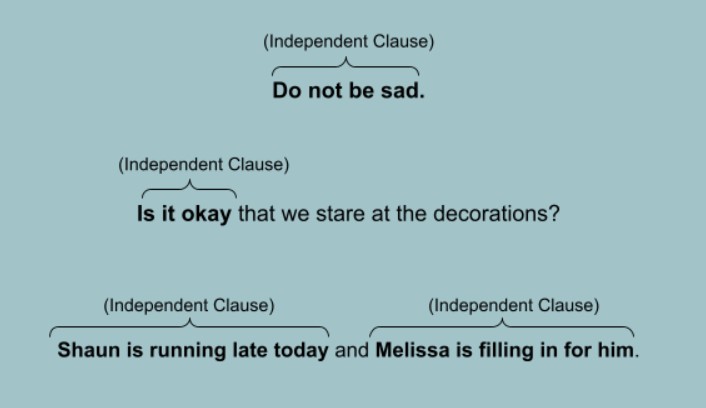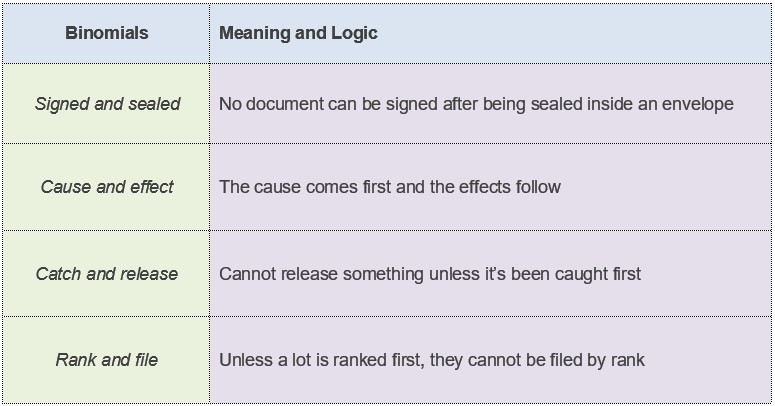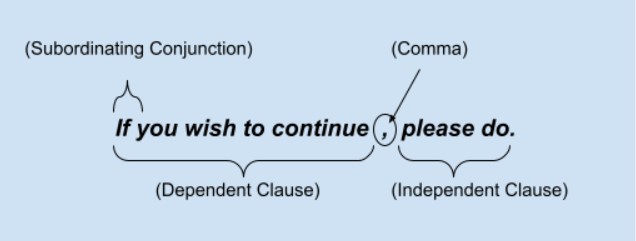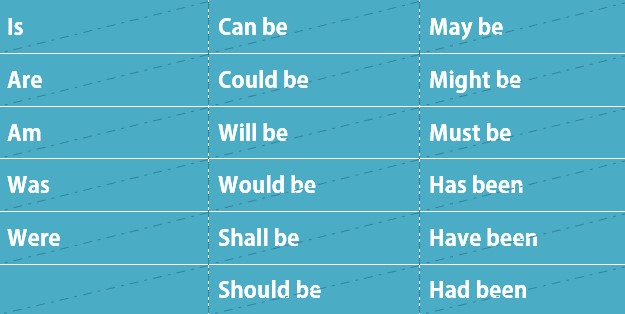Negation: Definition, Rules & Examples

Negation, as maintained by the likes of Merriam Webster refers to
“the action or logical operation of negating or making negative”.
In simpler terms, negation defines the polar opposition of affirmative, denies the existence or vaguely – a refutation. This is also known as “Not”. Classical logic resembles negation with truth function which takes truth to falsity and is perfectly capable of running the opposite operation. It denies the truth of a sentence. It’s just the conversion of the affirmative sentence which converts the simple affirmative sentence into negative.
Example
- I like to sing = I do not like to sing.
Rules of Negation:
By changing the auxiliary verb of the sentence into negative, we can apply Negation in a sentence.
1. Negation in tense
| 1. | Present Indefinite Tense | Do = do not/ don’t, does = does not/doesn’t. |
| 2. | Present Continuous Tense | Am = am not, is = is not/isn’t, are = are not, aren’t. |
| 3. | Present Perfect Tense | Have = have not/haven’t, has = has not/hasn’t |
| 4. | Present Perfect Continuous tense | Has been = has not been, have been = have not been |
| 5. | Past Indefinite tense | Did = did not/didn’t |
| 6. | Past Continuous tense | Was = was not/wasn’t, were = were not/ weren’t |
| 7. | Past Perfect Tense | Had = had not/hadn’t |
| 8. | Past Perfect Continuous Tense | Had been = had not been/hadn’t been |
| 9. | Future Indefinite Tense | Shall = shall not, will = will not/won’t |
| 10. | Future Continuous tense | Shall be = shall not be, will be = will not/won’t |
| 11. | Future Perfect Tense | Shall have = shall not have, will have = will not have/won’t have |
| 12. | Future Perfect Continuous Tense | Shall have been = shall not have been,
will have been = will not have been/won’t have been |
Examples:
- He drives the car = He does not drive the car
- Alex ate rice = Alex did not eat rice
2. Negation in Modal-auxiliary
| Modal | Modal in negative | Modal | Modal in negative |
| Can | Can not/ can’t | Shall | Shall not |
| Could | Could not/ couldn’t | Should | Should not/shouldn’t |
| May | May not | Will | Will not/won’t |
| Might | Might not/mightn’t | would | Would not/wouldn’t |
| Must | Must not/mustn’t | Ought to | Ought not to |
| Need | Need not/needn’t |
Examples:
- Edward can swim= Edward cannot swim
- We must go there= We must not go there
3. Negation in Words
Some words such as ever, anybody, anyone, anything, anywhere, instead of never, nobody, no one, nothing, nowhere, etc. represent the Negation.
Examples:
- I do not think he can ever reach within time.
More Examples
Examples of Negation Adding Suffixes
Examples of Negation Using Negative Adjectives & Adverbs
Examples of Negation Using Negative Words
Double Negative
Double negative on the other hand, simply defines the existence of two forms of negation in the same sentence. Please, notice that a double negative can often result in an affirmation in the English language (e.g., He hardly stops for small-talks). The rhetorical term for such a phenomenon is ‘litotes’.
Example:
- I can not find him nowhere.
Uses of Double Negative
Double Negative can be used in two ways. They are:
1. Using negative words
such as never, nobody, anyone, nothing, nowhere, etc
Example:
- He cannot go nowhere without informing me
2. Using prefix
Such as ir, un, non, pre, anti, il, im, etc.
Example:
- John is not uncontrollable by his family member though he is a special child.
More examples of negation of using prefix
In modern English, Double Negatives are highly avoidable as it is grammatically wrong. We know we cannot use more than one negative word in a statement. It usually used in informal conversation or speech and in songs’ lyrics as well. To form a correct sentence, we must avoid using a double negative in a single sentence formally.
Grammar
Read More
- How to Use "Therefore" in Sentences Avoiding Common Mistakes
- How to Use "Whereas" with Examples and Avoid Common Mistakes
- When and How to Use "Thus" Correctly Without Common Mistakes
- How to Use "On the Contrary" Properly with Meaning and Examples
- When and How to Use "Either/Or" with Examples and Common Mistakes to Avoid
- How to Use "On the Other Hand" Effectively without Mistakes
- How to Use "Respectively" with Example and Common Errors to Avoid
- How and When to Use "Moreover" Without Mistakes
- How to Use "Likewise" in Sentences Based on Context & When not to Use
- When & How to Use "Although" in Sentences to Avoid Mistake




